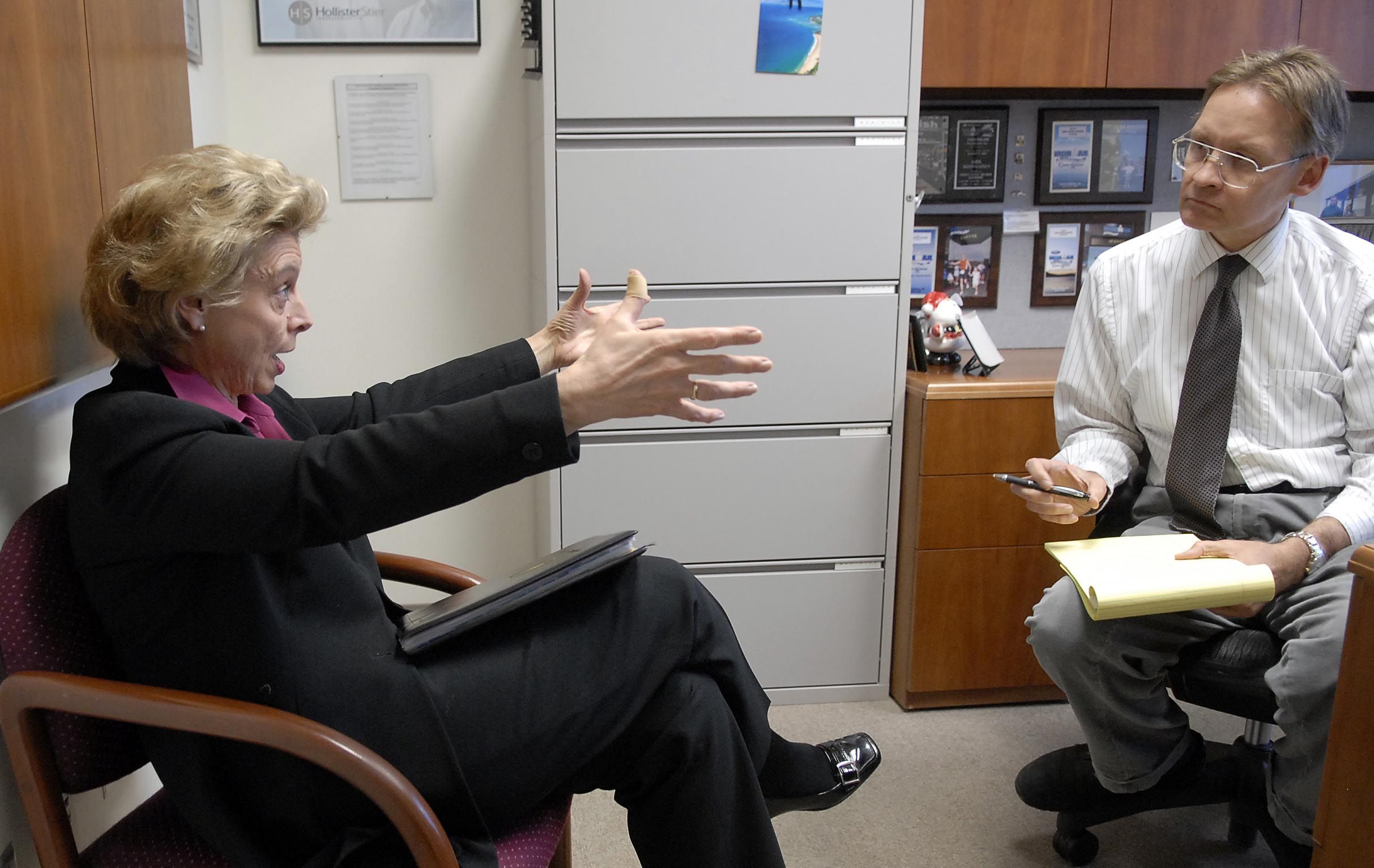2011 elections: Who’s spending what
OLYMPIA – Led by a multi-million dollar battle for who controls liquor sales in Washington, initiatives and candidates on the Nov. 8 ballot have spent more than $18 million on trying to sway voters in the last three weeks.
This may come as no surprise to state residents who can’t turn on the television without seeing firefighters argue whether voters’ lives will be better or worse if state-run liquor stores go the way of the Model T. Other state initiative campaigns have their own TV messages, and campaigns big and small are filling mail boxes with slick mailers.
Campaigns were required this week to report all spending through Tuesday to the State Public Disclosure Commission. While more money will be spent by some campaigns that remain flush with cash, that won’t be reported until Dec. 12, when most bills are paid and many campaigns tally their final account.
Tuesday’s deadline covers some of the most intense spending of any campaign season...
Click to go inside to read the rest of this item.
...the period when ballots are mailed and arrive in the homes of the state’s 3.6 million voters. State law requires campaigns to report all expenses, from salaries of staff and fees to consultants or pollsters, to ads on television, radio and in print.
Of the $18 million, more than half was spent by the campaigns for and against Initiative 1183, a measure that asks whether the state should end the monopoly on liquor wholesale and retail sales it has had since Prohibition ended.
That total isn’t a record. In even numbered years, when more candidates for state, legislative and county offices are on the ballot, spending is higher. But it does dwarf recent odd-numbered election years.
This year, fueled by large record contributions from Costco, the Yes campaign spent more than $7.5 million since mid-October, with $3.5 million going a final push in television and radio commercials. Overall, the Yes on 1183 campaign has spent about $13 million on managing, producing and broadcasting commercials.
The No campaign, which is funded in large part by liquor, wine and beer distributors, spent $4.4 million in the last three weeks, with its biggest expense going for printing and mailing ads to voters. The No campaign didn’t report any television ad expenses this week, although it had booked some $8.8 million worth of television and radio commercials, prior expense reports show.
The only other campaign that spent more than $1 million in the last three weeks was Keep Washington Rolling, which is opposing Initiative 1125, a plan to place restrictions on toll roads and bridges and some other transportation projects. That campaign spent nearly $1.6 million since mid October, with nearly $1 million going for television commercials and the firm that developed its media strategy.
The campaign supporting I-1125 reported spending just $2,560 since mid-October, most of it for polling.
In Spokane, the top spending campaign in the last three weeks was that of mayoral challenger David Condon, who spent about $71,000 since mid October. Incumbent Mary Verner reported expenses of just over $29,000.
Jobs and Opportunities Benefiting Spokane, a business group opposing the City of Spokane’s Proposition 1, spent almost $63,000. Envision Spokane, the group that drafted and is supporting Prop. 1, spent just over $11,000.
